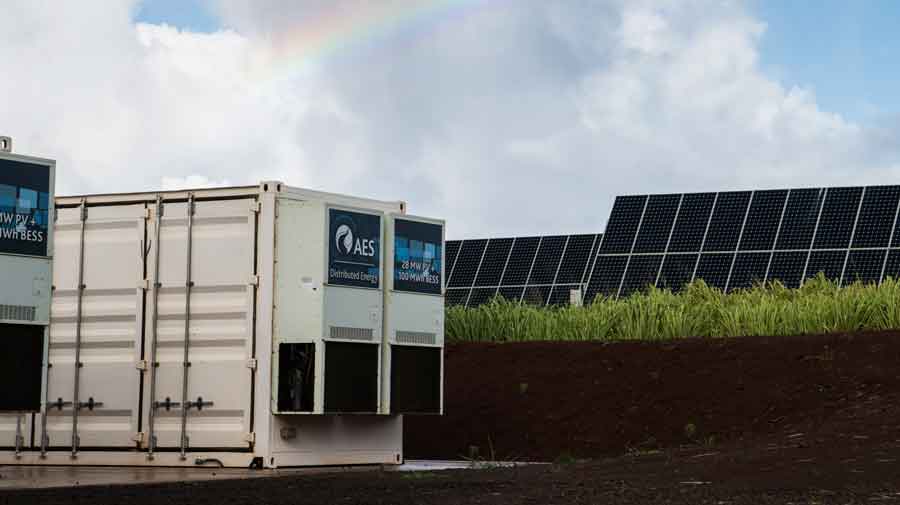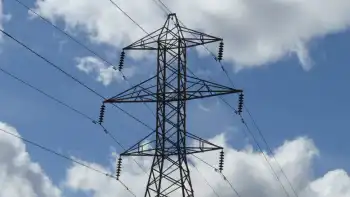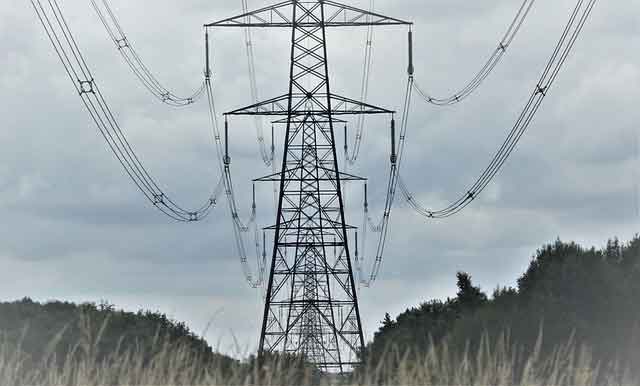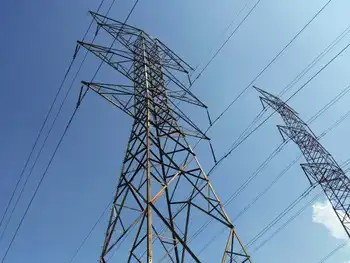Turning wind into hydraulic power
By Edmonton Journal
Arc Flash Training CSA Z462 - Electrical Safety Essentials
Our customized live online or in‑person group training can be delivered to your staff at your location.

- Live Online
- 6 hours Instructor-led
- Group Training Available
Storing energy has long been a dream of wind-energy producers hoping to supply a consistent source of green power to the electrical grid — without using expensive batteries.
A Nisku firm thinks it has the answer, a revolutionary concept that could change the face of energy distribution.
Lancaster Wind Systems says by turning wind energy into hydraulic power, inert nitrogen gas can be compressed in thousands of kilometres of unused pipelines across North America — creating a sort of giant pressure tank.
Wind turbines would add pressure to the network, and small electricity-creating turbines tied into the system would draw off that pressure, producing power in a closed-loop system right where the electricity is needed.
"You might have 200 generators in a major city, each in the 1.5-megawatt to four-megawatt range. And since the nitrogen is returned to the pipeline, there are no emissions," said Dave McConnell, president and CEO of Lancaster.
He thinks electricity transmission lines will one day be a memory, with the continent's energy moving around as pressurized gas. The project has attracted funding from the Sustainable Development Technology Canada fund, and also raised millions from private investors.
With 18 patents already filed and more on the way, Lancaster has a working one-megawatt wind turbine producing hydraulic power, and plans to open a pilot project this summer in which 42 minutes of energy will be stored in a short pipeline section. A major pipeline company is supplying the material.
A wind turbine today is basically blades turning a shaft in a generator unit that creates electricity, with all the heavy equipment at the top of a strong mast.
Lancaster has turned that around. Its unit acts more like a windmill, with a lighter mast supporting the blades and hydraulic tubing, and the heavy equipment on the ground.
Currently the research focus is on details of transferring the energy to storage.
"That is where we are at, the mechanism of transferring this energy into a vessel. We can't talk about it, except that when the fluid comes down it is under pressure," said Arnie Barr, a field supervisor.
McConnell points out there is no hydraulic fluid in the storage system; it is simply moved into a tank and then sent back up the mast to be recompressed by the power of the wind.
"There is a pressure exchanger to convert the energy in the (hydraulic) fluid into the storage medium (nitrogen gas)," he said.
And that is about the limit of what Lancaster will say.
"There is a lot of concern about intellectual property. People drive in here and we kick them out. We have never spoken of this system to the media before," McConnell said.
However, he will discuss the turbine system, which is now fully patented.
All wind-power units today must govern their turbine speed in an effort to produce the appropriate 60-hertz supply frequency required by the power grid.
But because Lancaster is capturing energy in hydraulics and not directly producing electricity, this is not an issue. It can take all the power of the wind at any time of the day or night, and create its electricity at a steady rate.
"We aren't trying to restrict ourselves by feathering our blades. We don't care if the wind goes up or down, we don't have to worry about fluctuations. We just take the energy and store it," said systems analyst Terry van Gemert.
After a lifetime in the offshore-oil business, McConnell said he returned to Canada with the idea of buying a couple of drilling rigs. But then he had a better idea.
"The oilpatch is all feathers and chickens (bad and good years). My forte is hydraulics, and I spent time in Europe in the 1990s, where they are very concerned about green energy."
McConnell said it shouldn't be a surprise that Lancaster staff are oil people, as are most of the backers.
"The reality is the change in public thinking. Just look at Texas," which has 20 times more wind power installed than Alberta, as well as most of the U.S. petroleum industry.
"They will be one of the biggest players in green energy."











